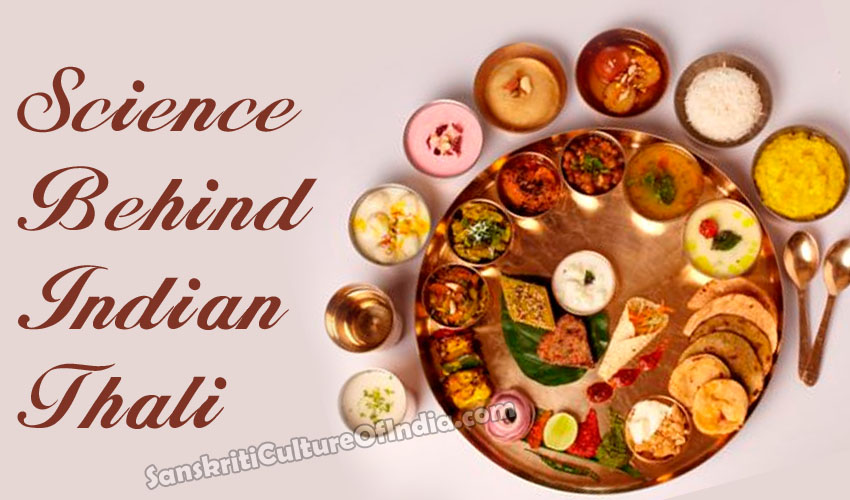The traditional Indian plate is a nutritionally balanced meal. Regardless of regional variances, Indian cuisine is rich with nourishment. Here’s an anatomical breakdown of how our thali has the perfect combination of carbohydrate, protein, fat, vitamins, minerals, antioxidants and fibre.
Rotis and rice:
These carbohydrates are made from different wholegrains like wheat, makai ka atta, jowar, bajra, nachni and brown rice. Whole-grains help prevent heart and cardiovascular diseases, diabetes, cholesterol and blood pressure problems and also provide a healthy dose of B vitamins, complex carbohydrates and fibre. Grain preparations like phulkas, theplas, dosas, biryani, pulao, khichdi and pongal provide us all the vital nutrients we need.
Dals:
All the legumes and dals like rajma, chhole, moong and tur dal etc., can be prepared in various ways. Every thali has a dal in some form that nourishes us with vital protein to build and repair our body’s cells.
Vegetables:
No Indian meal is complete without a healthy dose of vegetables. The rainbow of vegetables in every thali provide us with iron, folic acid and calcium and give our bodies tons of vitamins, minerals, antioxidants and fibre to keep our digestive systems healthy.
Ghee and Oil:
Though not highly visible, ghee also makes its way into the meal as a little smidgen on top of a roti or rice. While it may be taboo to speak of fat and health in the same breath, ghee actually does wonders for both body and mind. It adds taste and flavour, aids di-gestion, lubricates our joints, nourishes our skin, rejuvenates the liver and calms the mind!
Depending on the region, oil is used in cooking and it is usually groundnut, mustard, coconut or sesame. Our bodies need different kinds of essential fats and these oils provide us with vital mono-unsaturated and poly-unsaturated fat. Our meals, if made correctly will have the perfect balance of required fats.
Yogurt and buttermilk:
These not only cool the body but also help us digest the array of food in our thali. Yoghurt has friendly bacteria that lines the intestines and gut and enables better digestion.
Pickles and condiments:
When made right and eaten in small quantities, pickles and chutneys are essential digestive aids that stimulate the palate and release digestive juices.
Spices:
Packed with antioxidants, phytochemicals and essential healing oils and properties, spices help lower cholesterol, combat heart disease, prevent various cancers, reduce body inflammation and muscular aches and pains, enhance digestion and rejuvenate every bodily function!
~ Shridhar Bhatt











